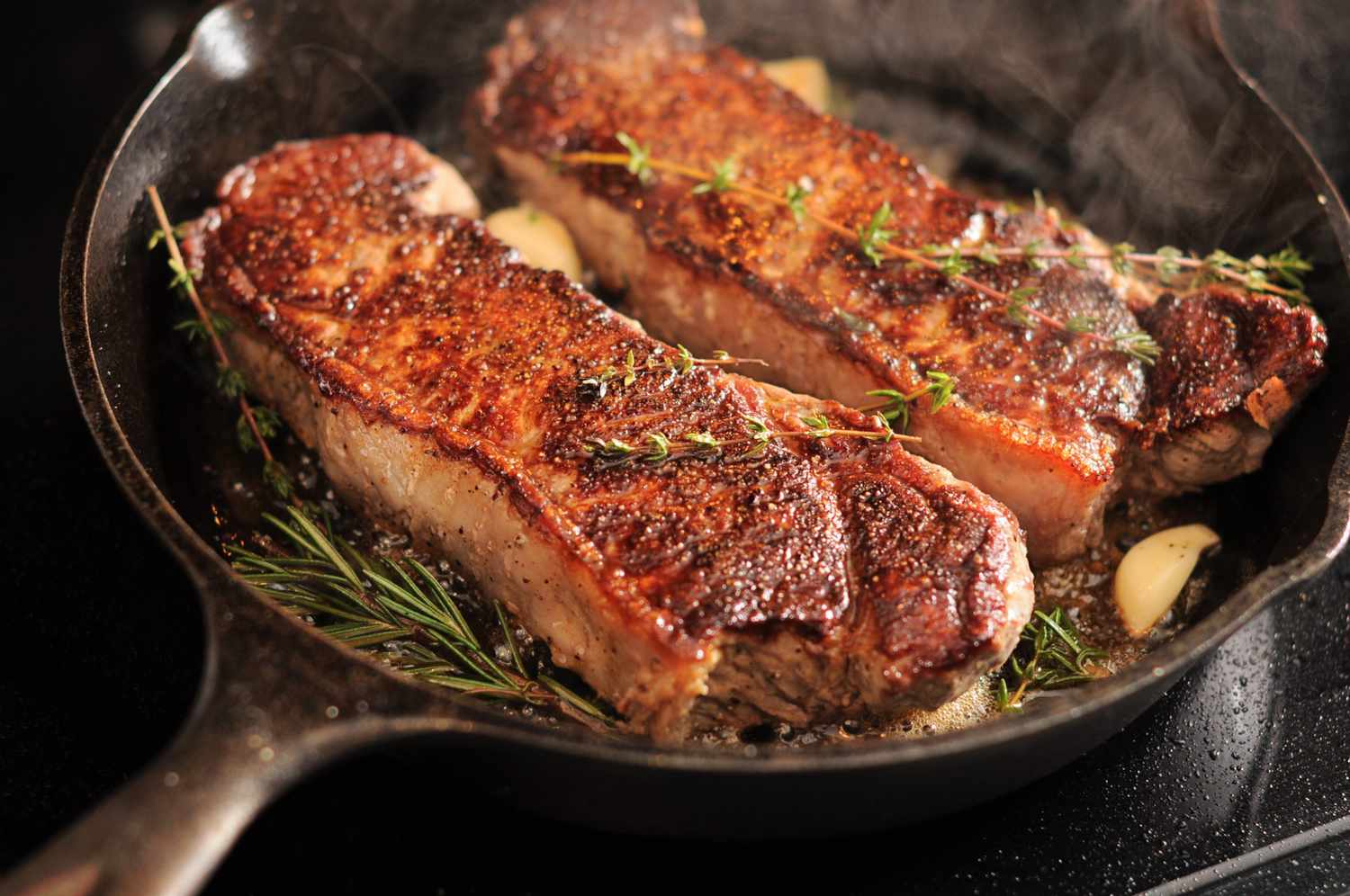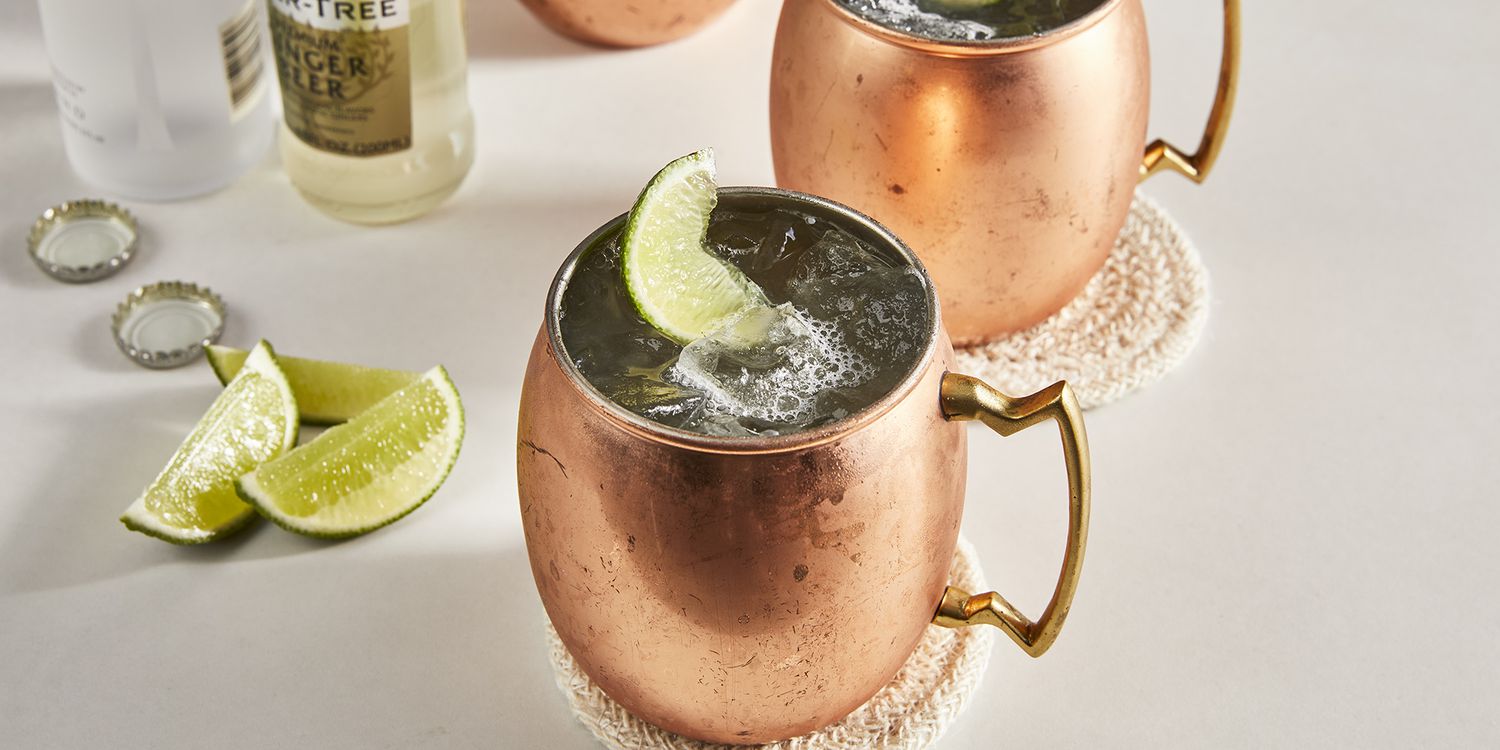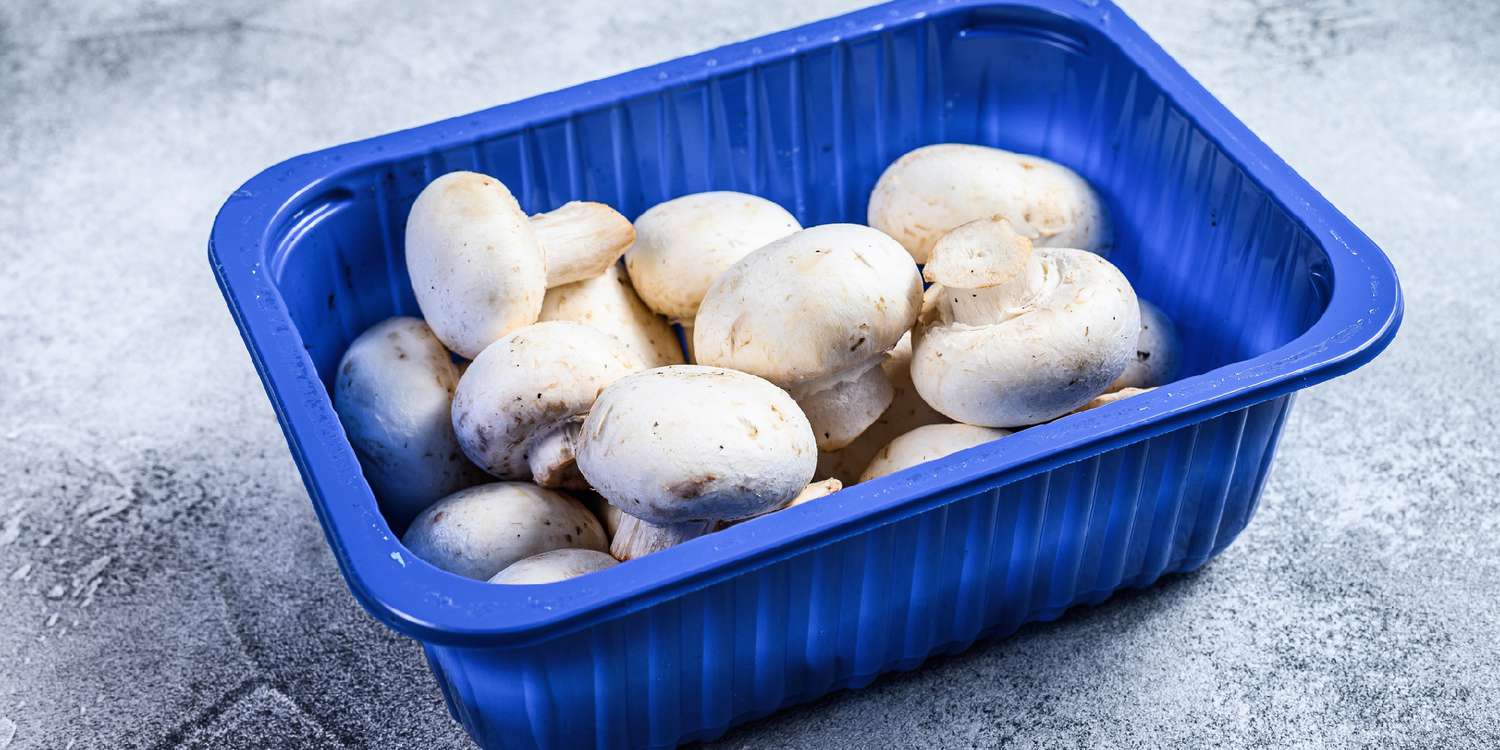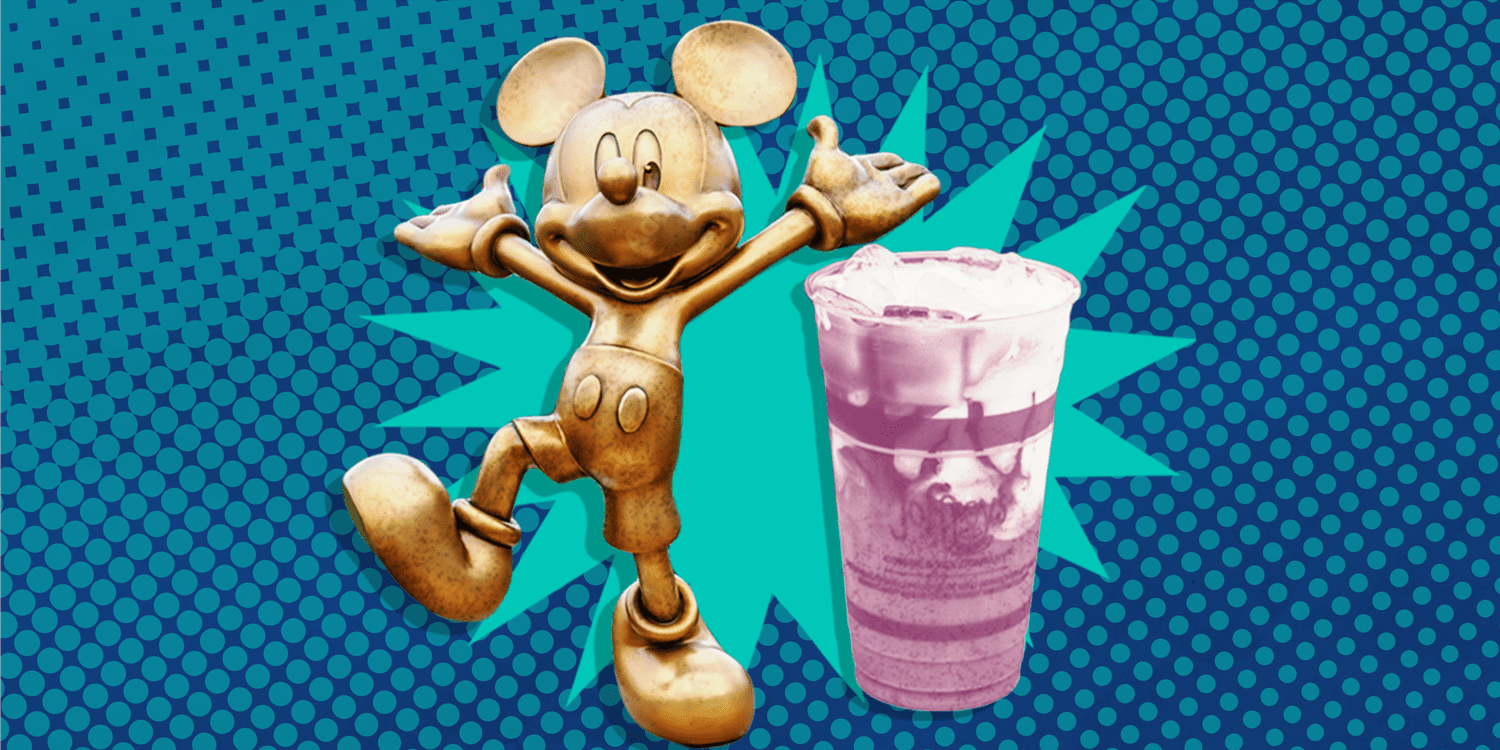What Exactly Is the Maillard Reaction?
Discovered in the 1910s by a chemist named Louis-Camille Maillard, the Maillard reaction is more or less the browning of food. The Maillard reaction can be loosely explained as a chemical reaction between amino acids and a type of sugar called a “reducing sugar,” located on the surface of food, in the presence of heat. Toasty bread, a delicious crust on a well-seared steak, and even beer are all examples of the Maillard reaction at work. Basically — anytime you see a golden-brown (and delicious) food item, you can generally assume that the Maillard reaction has taken place.
The Science of the Maillard Reaction
As is true for most any chemical reaction, a few specific details need to be in place for the Maillard reaction to occur. First, there needs to be heat; the Maillard reaction only occurs between 285 and 330 degrees F. Any higher, and the reaction would be considered caramelization instead of the Maillard reaction.
Caramelization is another type of reaction that involves the chemical decomposition of sugars, such as when granulated sugar morphs into a caramel sauce or starch browns in potatoes. However, the Maillard reaction only occurs when specific sugars (those reducing sugars mentioned earlier), and amino acids are present. The types of sugars needed for the Maillard reaction to take place are “simple” sugars that attract amino acids; meanwhile, other more complex types of sugars, like starch or table sugar, consist of molecules that are too large to react in this way.
Some examples of reducing sugars are the molecules of fructose that are found in most fruits and glucose, a carbohydrate found in tons of plant and animal sources. Amino acids naturally occur in food and in our bodies — they are the building blocks of proteins. During the reaction, these reducing sugars and amino acids break down and reform over and over into thousands of different flavor compounds. And while most “browning” tastes similar, all food has a slightly different sugar and amino acid make-up, so you actually unlock unique flavor compounds from one food to another when it comes to browning.
Something to keep in mind is that in order to break into the culinary sweet spot of 285 to 330 degrees F (so that the Maillard reaction can occur), you’ll need to overcome the moisture already present on the surface of a food — such as a pork chop straight from the refrigerator. This is why recipes often suggest that you pat foods dry — as dry as possible — before cooking. After all, water boils at a mere 212 degrees F, and you must arrive at a higher temperature for the Maillard reaction to occur, producing browning on the exterior of the food in a timely manner. (And if you want whatever you’re cooking to retain a remotely appetizing texture, it’s important that this reaction take place in a “timely manner.”)
So whether or not you take the tactful step of patting away moisture from your food before throwing it into a pan, you will need the heat from, say, your cast iron skillet, to more completely dry the surface of whatever you’re cooking. Taking measures to minimize moisture from the surface of a food beforehand simply makes the process a bit more effective, as any extra water will inhibit the start of the Maillard reaction. This is why you don’t boil a steak when you hope to achieve delicious browning, but you do place it in a pan that’s been warming over a high heat.
How To Get Good Browning
In order to take full advantage of the spoils the Maillard reaction provides (i.e. the delicious golden browning), there are a few essential things to keep in mind. The most critical factor for most home cooks is going to be moisture. You want to start out with your food as dry as possible; remember, moisture on the surface delays the reaction, and you could end up with the worst-case scenario: steaming. Again, there’s an excellent reason why we sear steaks in a hot pan, versus gently steaming them over low heat. (The excellent reason being that your ribeye isn’t going to taste very good if it’s gently steamed to completion.) The brown results of the Maillard are incredibly flavorful, not to mention an excellent texture is produced as well.
To avoid steaming and promote browning, you really should make sure to dry off the surface of your food; and for meat, salt it heavily at least 45 minutes before cooking. If you have a little foresight and want to really maximize browning, consider a 24-hour dry brine to sufficiently dehydrate the exterior and keep the interior moist.
If you find that your food is coming out of the pan somewhat pale and not exactly crispy, a few things might be at play. Take, for example, roasting veggies in the oven; a common issue is crowding the pan. While the veggies cook and the Maillard reaction occurs, steam is produced…and when the contents of your sheet pan are packed too tightly, there’s no way for the steam to escape each production point without moistening all neighboring vegetables. Ultimately, all veggie pieces are set up to sabotage one another.
What Could Go Wrong?
When you consider searing a chicken breast or a nice steak, using a pan with sides that are too high (like a saucepan or a Dutch oven) can trap moisture and steam instead of allowing it to evaporate off. Another issue can be the heat of your pan. It’s easy to get an empty pan ripping hot, but when you add a big piece of meat or a couple handfuls of veggies straight from the fridge, the temperature of the pan will drop dramatically, and you won’t find yourself in the 285 to 330 degrees F sweet spot to start the reaction as planned. An easy way around this dilemma is to make sure that everything you’re cooking comes to room temperature before it meets the heat, and once you add everything to the pan, kick the heat up just a little bit to compensate for any slight temperature drop.
Related:
- How to Cook Steak
- How the Pros Make Meat Taste Better and Last Longer
- How to Sear Meats for Maximum Flavor
- A Step-By-Step Guide to Searing Scallops Like a Pro




